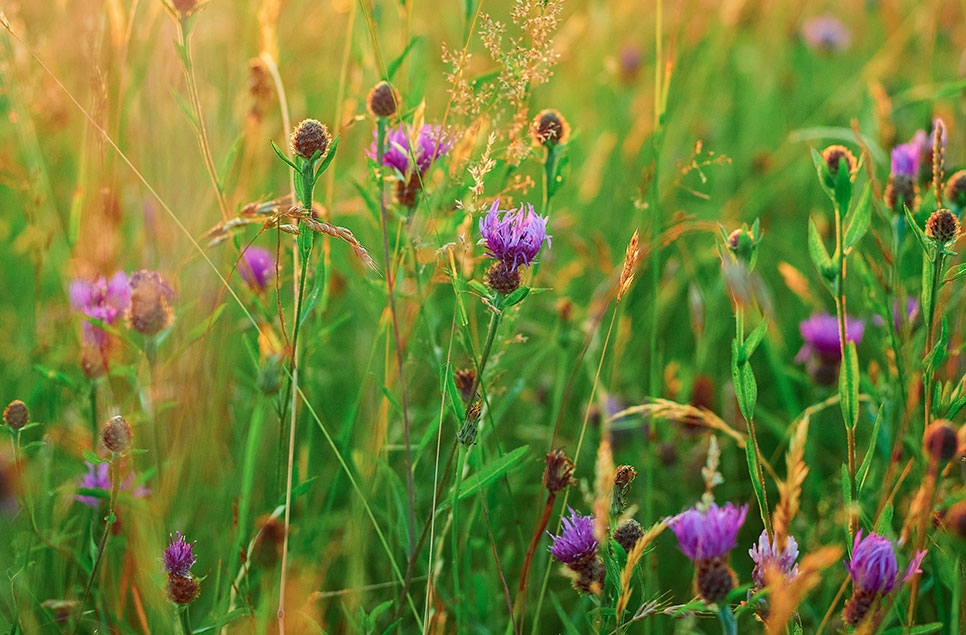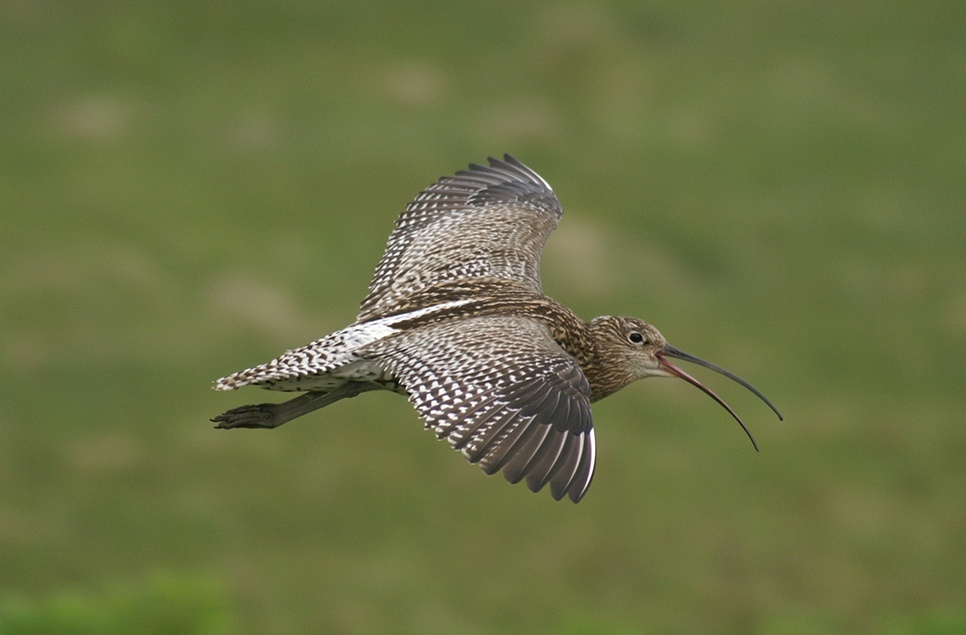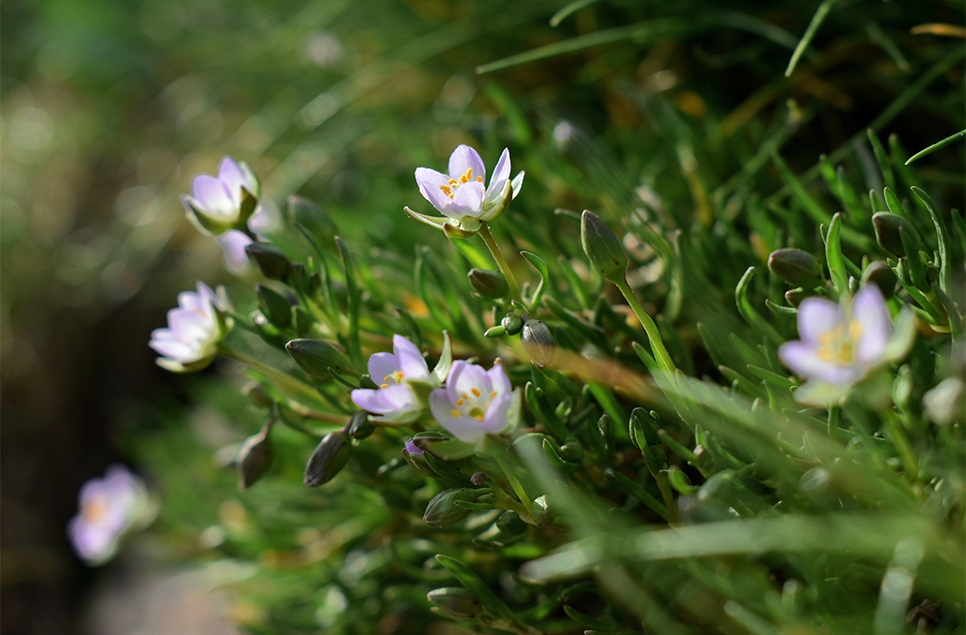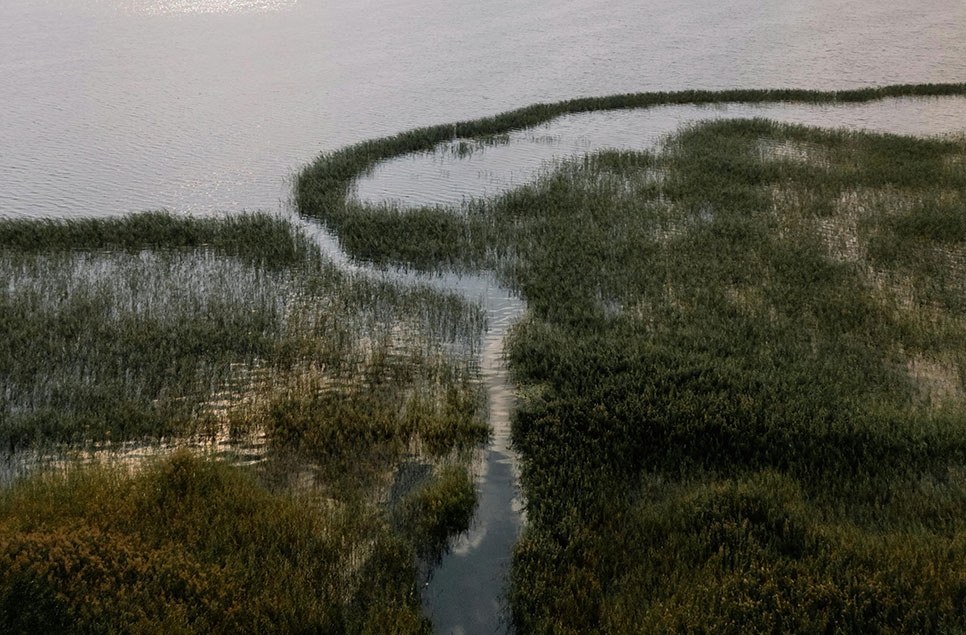COP15 has just ended – what does this mean for wetlands?
Last Thursday marked the final day of the Wetlands COP15 at Victoria Falls in Zimbabwe. Here we take a look at the key outcomes for wetlands, people and wildlife.
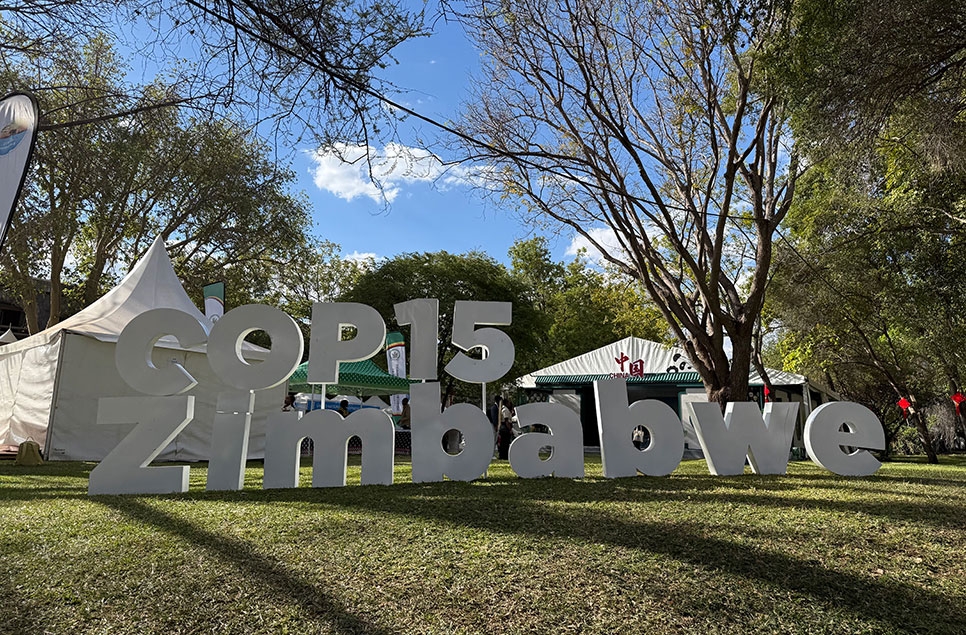
It was a nail-biting final day at COP, but after hours of negotiations and advocacy from the International Organisation Partners (IOPs) a new strategic plan was adopted that, for the first time, references the transformative change needed to reverse the decline of the world’s wetlands.
It was a critical moment, and one that almost didn’t happen. But what does it mean for the protection of these superpowered habitats? And what else happened at this pivotal conference? We’ve pulled together our key takeaways.
A strong signal
Agreed at the eleventh hour, the new ten-year strategic plan was the major cornerstone of this COP. The plan sends a critical signal from all parties on the importance and value of wetlands both within their country and across the world.
In essence, the plan arms the 172 countries signed up to the Ramsar Convention with the superpowers of wetlands to meet their wider climate and nature commitments. These include commitments made at other international conventions such as the climate or biodiversity COPs, which are much bigger, more binding, and held every year.
Given that by the penultimate day it was looking like the plan may not get passed, it’s worth counting this achievement for what it is. Obviously though, a plan is nothing without action.
With a framework in place, now begins the hard work of ensuring countries stick to their commitments.
Consensus on key resolutions
Passed alongside the strategic plan were a raft of motions that strengthen wetland conservation, along with the rights of those living alongside them. Notable resolutions included:
- Encouraging governments to develop or strengthen policies that will restore degraded freshwater ecosystems. As the most threatened ecosystems globally, and with over 85% of freshwater species populations lost since 1970, action to reverse these trends is critical and urgent. The freshwater challenge – the world’s biggest ecosystem restoration partnership - was noted in this resolution as a key tool for action, which we supported wholeheartedly.
- Pushing countries to make the most of a mechanism that grants more formal protected status to wetlands that currently don’t have any. Though the mechanism exists to designate this higher status – bringing with it the potential for more attention, funding and support – not enough countries have been taking this up.
- Support for increased work on the cultural importance of wetlands through the Ramsar Convention. This includes recognising the cultural value wetlands hold for communities and the role that can play in strengthening wetland protection, from simple activities like art and storytelling to the deeper cultural identities held by communities that have lived next to wetlands for centuries.
- Mainstreaming youth engagement in wetlands through the continuation of the Youth Working Group through the next three years. Over 30 youth delegates attended this COP, showing the desire for youth to have a voice within the Convention.
On top of all this was a welcome boost to the Convention’s funding. Given the hard work of the Ramsar Secretariat year in year out to raise awareness of the value of wetlands, for example through World Wetlands Day, this is a vital step forward.
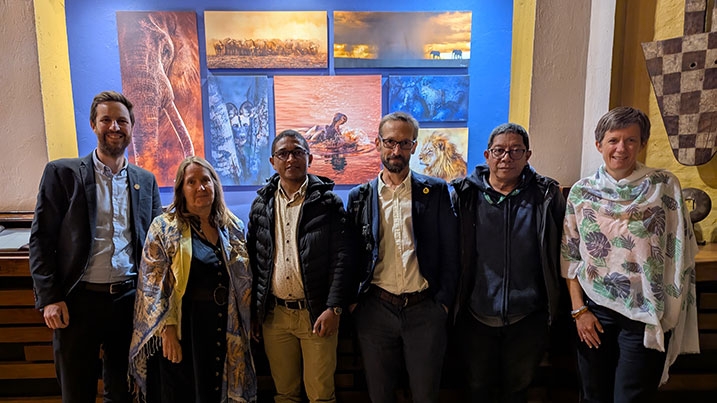
What did we get up to?
As one of the six IOPs to the convention, WWT plays an important role during these COPs to push for the best outcomes for wetlands and ensure the voices of those working to protect them are heard.
The Conservation Directorate represented WWT at this COP: Harison Andriambelo and Dimby Razafimpahanana from the WWT Madagascar team, along with Clare Dinnis, Tomos Avent, Professor Geoff Hilton and Tina Redshaw from the UK based team. They were all involved in numerous events throughout the week alongside their duties as an IOP, keeping the World Wetland Network updated and supporting the delegation from the Madagascar government.
Team members led an event on building civil society capacity for conservation, where the winners of the Wetland Link International (WLI) Star Awards were announced. Tomos and Clare presented at events on supporting youth in wetland conservation and spoke about the success of the Wetland Learning Hub in building a network of conservationists across the globe. Tina spoke about our work in Cambodia at the launch of the Indo-Burma Regional Initiative, and Geoff was a fundamental part of launching the groundbreaking Global Wetland Outlook in which his team played a pivotal role.
On Tuesday 29 July, the team had the opportunity to see community in action on a field visit to Kasibo Wetland, organised by the hosting government. Here the upper watershed had been restored back to full health by the community, with the help of the government and national environment agency.
Finally, we stood alongside our fellow IOPs at Birdlife International, Wetlands International, the International Water Management Institute, WWF and IUCN in pushing until the last minute for the strategic plan to be passed. We’ve a long way to go before we start reversing wetland decline, but this plan is a critical starting point.
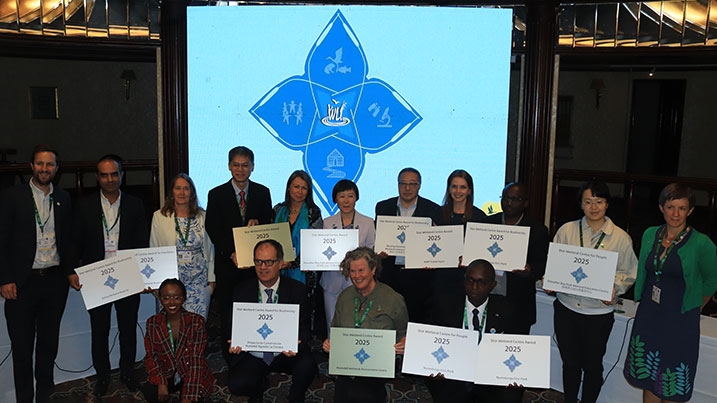
What next?
The next Wetlands COP will be held in Panama in 2028. Until then, we’ll be working hard in the countries we operate in to ensure wetlands and wetland livelihoods are protected, while inspiring others to do the same. We’ll continue to connect wetland centres and wetland groups, plus build capacity among conservationists, across the globe.
Here in the UK, our goal to restore 100,000 hectares of wetlands by 2050 is already well in tow with our latest new saltmarsh project set to restore 148-hectares of low-lying land on the Awre peninsula.
Our mission – to restore wetlands and unlock their power – spans from the local to the international, and there’s a role for everyone to play. It’s going to take all of us.
